
LG G4 Review: Best in class camera, but don’t forget to pack your charger
There’s surprisingly little to visually differentiate the G4 from last year’s flagship G3. With the notable exception of more covers to choose from, including those leather covers that LG used to attract attention ahead of its launch.
Beyond those, you’d be hard pushed to tell the difference. Perhaps LG thought that along the lines of ‘if it aint broke’, which is probably fair because the G3 was a pretty good design in itself.
One subtle change that allows you to spot the difference comes from the slightly different LG logo text and a slight curve.
This review has been published quite late in the day, but rather than let this one slide after missing out early on, I just had to get a proper look to see if the camera was really as good as LG made out at the launch, and triggered some very positive reviews.
But, before I get on to the camera itself, let me talk a bit about the phone design and go through some of the other changes under the hood.
Design
First up, LG has plodded on with its rear button set up, which keeps the sides slim and devoid of buttons, and allows bezels to be kept to a minimum. Despite the larger 5.5-inch screen than many rivals hovering around the 5-5.2-inch mark, it doesn’t really take up any more space. The small bezel means a 72.5% screen to body ratio, with most of the body being top and bottom.
However, not everyone will like the placement of the buttons on the rear – especially when it is quite easy to press the wrong button. It’s perhaps the main reason some people will instantly dismiss the phone before even taking the time to find out how well it performs.
I wasn’t a major fan either when I got the G3 last year, but it doesn’t take long to learn and you’ll soon remember exactly where to press just as easily as using a TV remote in the dark. It shouldn’t take more than a day or two to master the controls, and then wonder why all devices don’t have buttons at the back where your fingers naturally sit when holding the device.
With just about everything you need to use to control the phone on the back, there’s very little to look at from any other angle. Also on the rear you’ll find the main camera, flash, and the fast autofocus system that allows for quick and accurate photo taking.
Remove the rear cover and you’ll see a micro SIM card slot, microSDXC slot (good for all cards currently on the market, including the latest 200GB ones), plus a removable 3,000mAh battery. Yes, that’s right, a removable battery!
Wireless charging is no longer standard, but it can be added via a suitably equipped cover, so all is not lost. It is a disappointment to see it become an option though, as this invariably means most people will not choose to pay extra and thus miss out on what is gradually becoming a more talked about feature. As Samsung is starting to really push wireless charging, it seems odd for LG to take a step backwards after having included support in devices for longer.
My review unit didn’t come with one of the leather covers, so I can’t comment on their quality – although the Internet appears to have lots of discussions from owners who have had problems with wear on the corners, so sticking with a plain cover is probably wise – such as the fake carbon fibre one that came with mine.
Given you can swap and change at will (it takes seconds to take off the cover), it’s not a big deal whatever you get initially if the price is right.
Screen
The G3 screen was nice, but unless on full brightness (a real battery killer), things always looked a little washed out. No such concerns exist this time around, with the G4 screen being once of the nicest displays I’ve seen in some time, even on lower and more modest brightness levels.
That said, outdoor visibility still requires ramping up the brightness, which does impact on the battery (more on that later on).
LG has continued with a QHD-resolution (2560×1440 pixels) on a 5.5-inch screen, that makes for an incredible 538 pixels-per-inch. That’s the same as the G3, and it has been argued ever since QHD started appearing on more than just larger screened tablets that it’s over the top and unnecessary. I’m inclined to agree, and having used many other phones with 5.5-inch screens at ‘only’ 1080×1920 pixels, it isn’t that easy to see the difference side-by-side.
When viewing photographs or videos with lots of high contrast detail, such as thin lines, you might see a difference but the jury is still out as to whether it’s worth the trade-off in battery life that comes with it.
Of course, if you’re trying to impress the Joneses, then Quad HD is obviously better than Full HD.
Performance
Qualcomm has had a pretty shocking year, with Snapdragon 810 surely becoming one of its worst nightmares. LG used it on the G Flex2 that was (sort of) released earlier in the year, attracting heaps of negative comments about heat related problems. Perhaps the limited roll out of the phone, coupled with SD810 creating more headlines on other devices (like the HTC One M9 and Sony’s Xperia Z3+) diverted attention away from LG’s problems for a while, but if the G4 had launched with the same problems, it could have been devastating for all concerned.
Fortunately, LG came up with a solution by using a slightly lower spec version, known as Snapdragon 808. Unlike SD810 using four ‘big’ cores and four ‘little’ cores, the G4 uses just six cores, consisting of just two ‘big’ cores and four ‘little’ cores, the latter being clocked at a lower speed and being more energy-efficient.
The GPU has also been downgraded slightly, all with the aim of maximising battery life and reducing heat. Heat is no fun for a mobile, causing higher battery drain and even other problems like causing the phone to severely throttle performance, prevent the camera from starting up, or even slowing or preventing battery charging.
In my benchmark tests, it’s still no slouch and came out with an impressive AnTuTu score (see below), but it does still get quite hot under load. However, it does seem fairly manageable and the phone has been receiving a lot less criticism as a result. At no time did I suffer the problems I had on my G3 where, on a hot day, the phone decided to turn the brightness down to 10% (making it near impossible to see in daylight) and suspend the camera altogether.
Since the launch of the G4, Motorola has also opted to use Snapdragon 808 in its forthcoming Moto X Style, so it seems that until we see the launch of the next ‘next-gen’ chipset from Qualcomm in early 2016, we may have found the perfect compromise that solves a lot of the problems that some manufacturers would like to forget. Fingers crossed Snapdragon 820 will not be another car crash.
The G4 supports LTE (4G) Cat 6, meaning you can take advantage of the even higher 4G speeds being rolled out in major cities on EE and Vodafone, with speeds of up to 300Mbps down. In my experience, EE is capping data at 100Mbps, but there’s no such restriction on Vodafone where it is possible to top 150Mbps in some parts of London that have been upgraded.
The latest version of LG’s custom UI is also snappier than the version that came with the G3, where previous users immediately ditched the clunky launcher for something else – anything else. Now you can probably make do with the standard launcher, although I still opted to chuck on Google Now and Nova Launcher (eventually opting to keep the latter) as a way of getting a launcher with minimal overheads and maximum speed.
LG has attempted to create a range of apps that mimic Google’s own apps (much like Samsung has tried and failed to do), but with Google Now already being so powerful and efficient, I had little interest in using LG’s own card based alerts beyond the first few days – much like when using my G3.
The dual-window feature (see left) is a great addition though, allowing you to make better use of the screen real estate.
If LG is behind the next Nexus 5 (2015) later in the year, with ‘pure’ Android, it could be the perfect phone – but it’s not clear if the next Google phone will have the same camera – which is, after all, the main reason you’re likely to be looking at this phone.
Camera
The G3 had a great benefit with the ultra-fast laser AF system, but the photos were still somewhat underwhelming compared to the many rivals. But, the G4 is, without a shadow of a doubt, the best camera on a phone that I’ve ever used – full stop.
Better than the Galaxy S6 (the closest competitor), and if we go back further, better than the Nokia Lumia 1020 or any other phone with Nokia’s varying levels of PureView tech. The Lumia 1020 has other benefits (lossless zoom from more megapixels, and a Xenon flash), but it’s now an old phone that can only really be compared by hardcore tech enthusiasts. Put simply, nobody is going to buy a Lumia 1020 today for any reason other than curiosity.
In day-to-day use, in automatic mode, the LG G4 camera is able to get virtually every photo you take just as you want it. It makes you wonder if there’s any point in dabbling with the extensive manual controls, rather than sticking with auto. Indeed, you can even go one step further the other way and selecting a simple mode that removes all the on-screen controls and just takes a photo with a simple tap on the screen, or using a volume key on the back.

Automatically selecting HDR mode is a feature available on many other phones, but it works better on the G4 because it takes pictures quickly and only selects the mode when it can see there’s not a lot of fast movement that will cause blurring, due to the need to combine multiple shots at different exposure levels.
It’s not the ease of use, the manual controls, or even the ability to save photos in RAW format (which saves 20MB DNG images, in addition to the standard JPEG if you wish) but the sheer level of detail captured in every photograph. The highly sensitive 16-megapixel sensor and f/1.8 aperture comes together to offer an imaging experience that is unparalleled.
Even Sony, which has been touting phones with 20.7-megapixel image sensors for some time (starting with the Z1, and then making an appearance on every successive release, up to and including the Z3+), can’t come anywhere close. Samsung’s Galaxy S6 and the edge variants are perhaps the nearest, but you only need to zoom in on any G4 photo to 100% to see that even distant objects can be made out with high levels of detail.
I really can’t stress how impressed I am. Of course, you can still mess things up on occasion, but you can do that on a high-end DSLR too.
Even at night, only fast-moving objects will cause you problems. And, talking of night, look in my photo gallery below to see some great night shots in London, where you can still make out a high level of detail with almost no blurring caused by camera shake (no photos were taken with the use of a tripod) thanks to the optical image stabilisation earning its keep.
Video recording is also available right up to 4K resolution at 30 frames per second, or 1080p at 60 frames per second.
On the front of the phone is a 8-megapixel camera for selfies, which can also be used for recording full-HD video at 30FPS. If not for selfies, the front camera is also ideal for services like Skype.
You may wonder why I’ve not made such a big deal of the manual mode, which is a major feature of the G4. Very few phones running Android Lollipop even take advantage of the new APIs to offer RAW capture (one of the first was the LG-made Nexus 5), but as I used the phone over a three-week period, I realised that there was seldom any need to use the manual options.
About the only manual feature that could prove useful is the manual focus mode, although even that is usually not an issue in automatic mode unless trying to take photos of things like flowers or other photos with lots of differing focus levels to take into account.
That’s not to say these functions shouldn’t be experimented with, especially if you want a very specific shot or are simply interested in photography, but the best feature of the G4 (after image quality) is an automatic mode that just works.
For 99% of the time, that’s what you’ll want more than anything else.
Let this be a warning to Sony to up its game and fix the intelligent auto modes that are so frequently off base.
Photo Gallery
Audio
For some reason, despite Sony, HTC and Motorola going big on loud front-facing speakers, LG is still putting a mono speaker on the rear. It’s quite loud and distortion free, but it’s still not in the same league. The words after and thought immediately spring to mind.
Cupping your hand around the back to bounce the sound to the front is not exactly a good way to enjoy sound, and it’s silly to have disappointing sound on a phone that’s crying out to be used with Netflix, Spotify, or perhaps watching those 4K videos you’ve recorded with the phone itself.
Battery
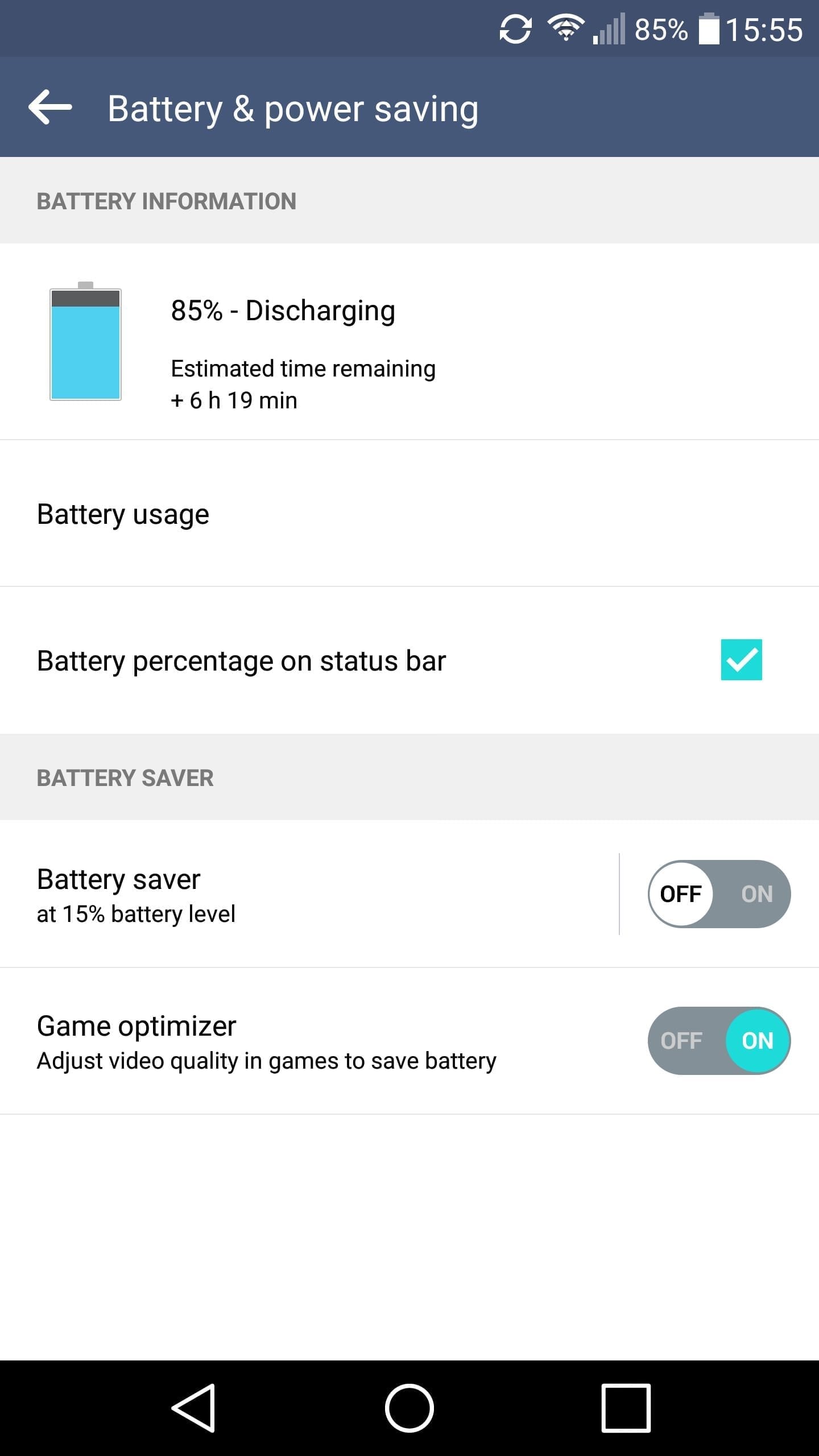
A poor speaker is one thing, but if there has to be something to rain on the G4’s parade, it’s the battery. This is by far the weakest link, and began to make me wonder if I could ever actually live with the G4 on a day-to-day basis.
At a recent event, where I opted to use the G4 as my main camera (leaving my DSLR at home, saving a lot of weight and bulk), I consumed 50% of the battery in just two hours of taking photos – and literally doing nothing else. No calls made, no web browsing, no email. Just taking photos.
Suffice to say, the camera – arguably the best feature on this phone – likes to suck power.
Admittedly I took a lot of photos, but if you’re going to use the highly capable camera on a regular basis (like getting all your holiday snaps), you’ll be lucky to get more than five or six hours from the phone before needing to recharge. That might compare well with some standalone cameras, but this is obviously more than just a camera.
The fact that LG has included almost nothing in software to maximise battery life, beyond Android’s own rather basic battery saver (which only kicks in when the battery is already getting critically low, or is turned on manually), certainly doesn’t help matters. It wouldn’t need to be quite as complex as the controls on, say, the Huawei P8, but anything would have been better than nothing.
Clearly a 3,000mAh battery simply wasn’t enough, and you’ll either need to invest in a spare battery or, better still, buy a decent portable battery charger.
Nevertheless, the battery life is something you need to be aware of from the outset, so you can take the necessary steps to mitigate the problems.
I’d say it’s worth doing that than simply writing the phone off, although for a while that was going to be my conclusion. Until I realised that it would mean missing out on such a great camera experience.
The Good
- Camera – it’s amazing and unrivalled by anything else that I’ve seen and used all year.
- Screen – crisp and bright, even if QHD is probably superfluous to most requirements.
- Performance – fast, snappy, and also supports the fastest Wi-Fi (802.11ac) and 4G (Cat 6) speeds.
- Expandable – the memory card slot means no limitations on storage unlike the Samsung rivals.
- Removable battery – useful given the rather disappointing battery performance.
The Bad
- Battery life – LG really should have found a way to pack in a bigger battery to make this phone more practical in daily usage.
- No wireless charging support out of the box – a disappointing oversight, caused by the desire to offer different cover materials.
Verdict
I fell in love with the G4 for its camera, but battery anxiety initially played havoc with me because I felt I needed to top the phone up every spare minute I got. At times I wondered if I’d be better off buying a long USB lead and keeping it plugged in to a portable charger all day .
However, you can come to manage things with a bit of pre-planning, especially if you’re going out to take lots of photographs or video in one session.
On balance, one negative still makes the G4 a phone that has to be recommended because of its astonishing camera. Just make sure to ditch the LG apps and use a more lightweight launcher.
If you’re looking for a phone that can take photos of a quality that is on another level, the G4 is the phone for you. There’s really no other alternative.
LG deserves serious credit for what it has achieved, and I hope that it will continue to push the boundaries on imaging from now on.
- Disclosure: This phone was provided for review by Clove, but the company had no influence over the review content or verdict. You can get the LG G4 SIM-free on the Clove website. At the time of publishing, the G4 can be purchased for £400 SIM-free – including VAT.
- Why no ratings?



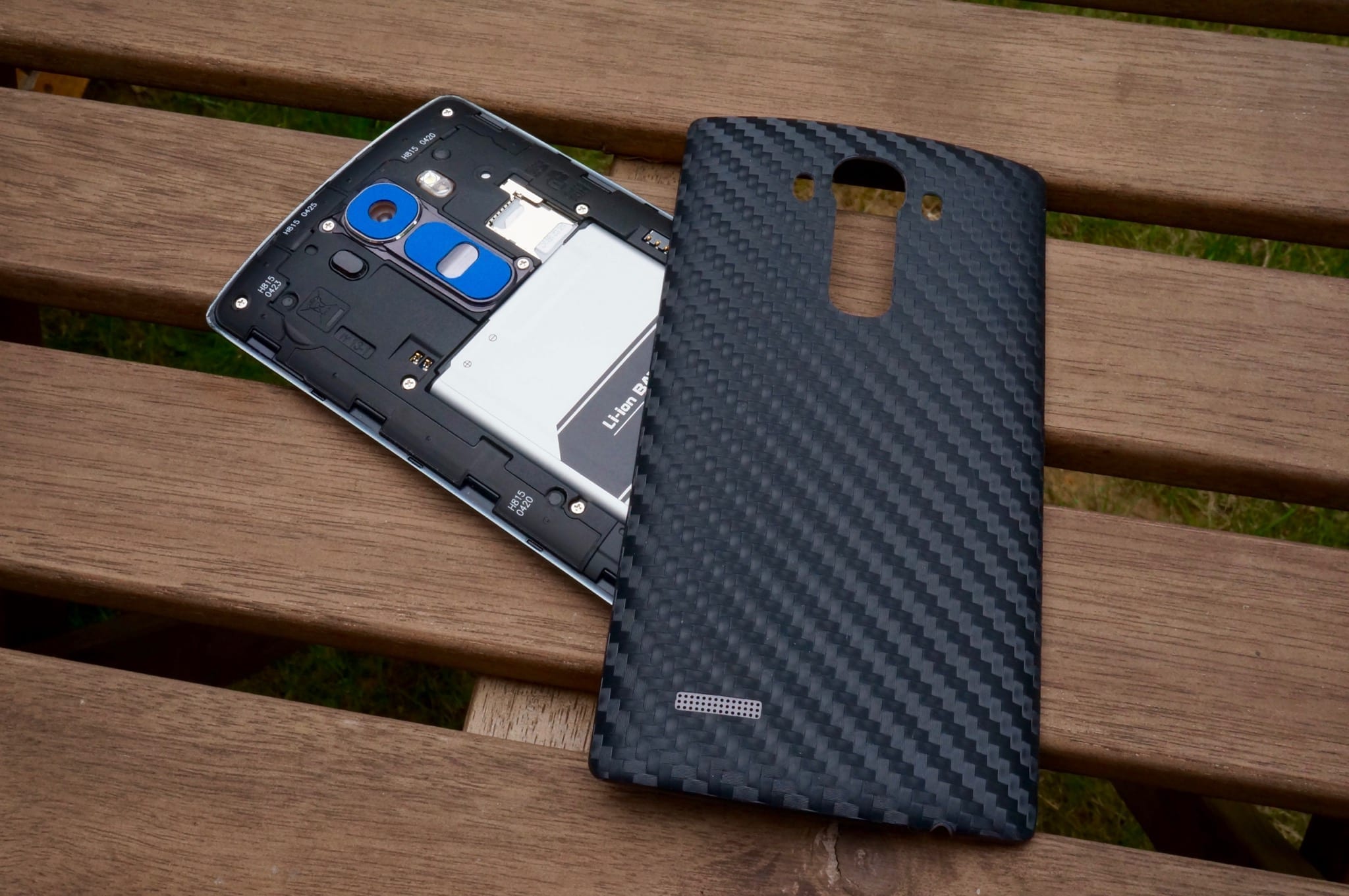
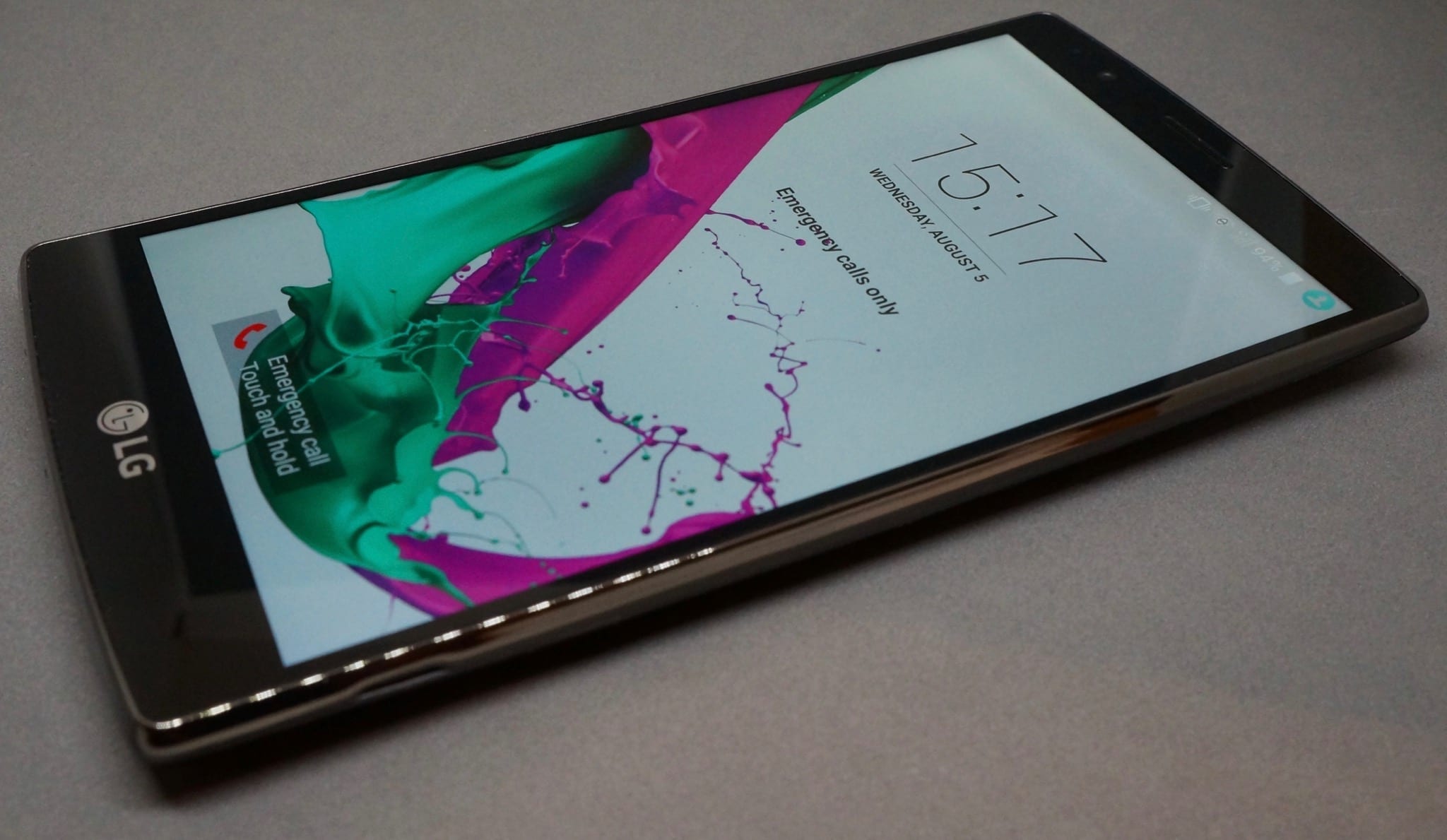


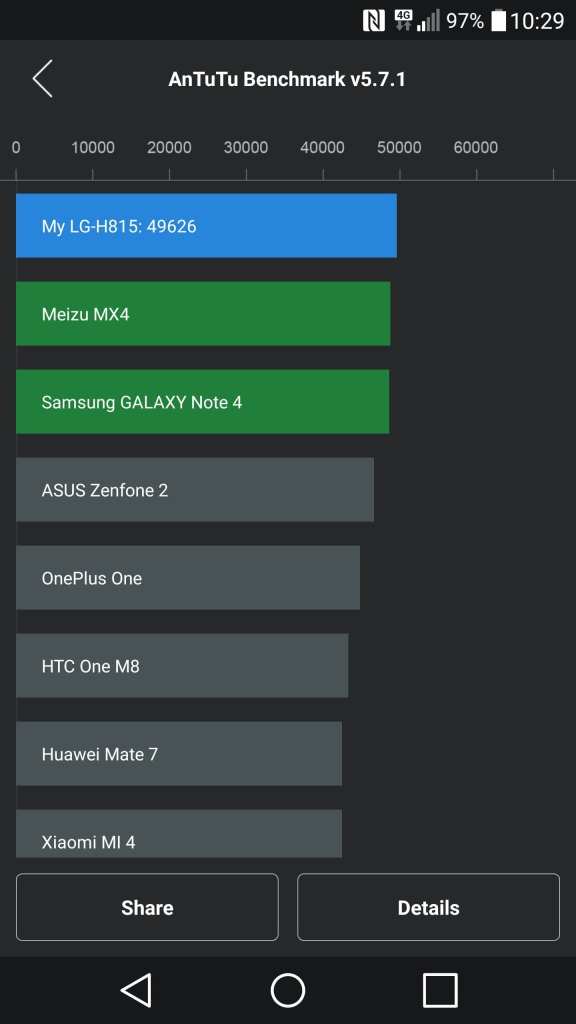



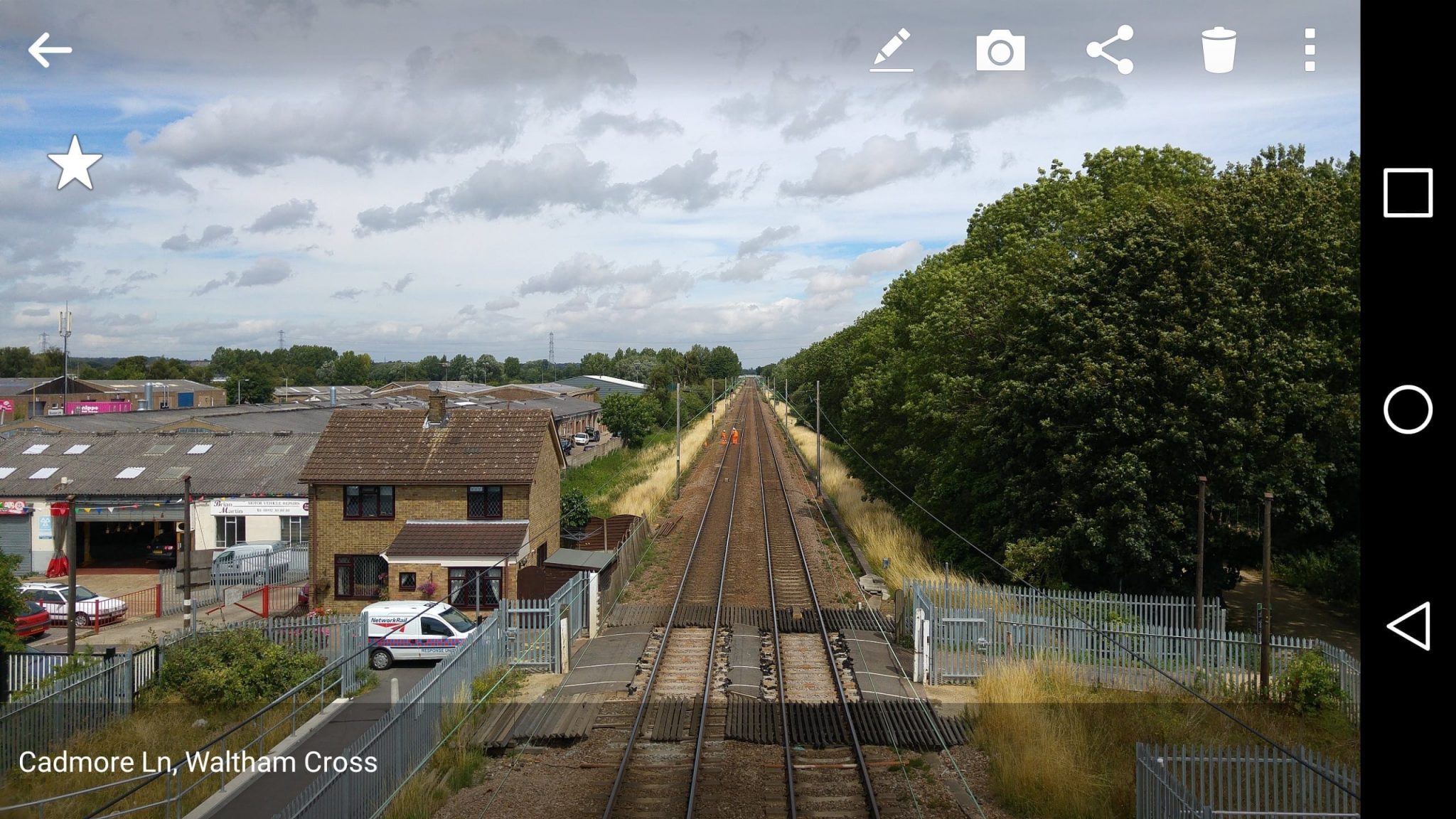




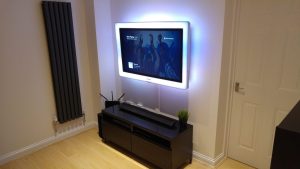
































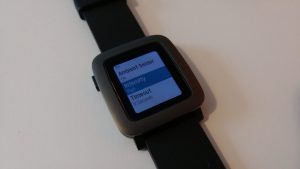


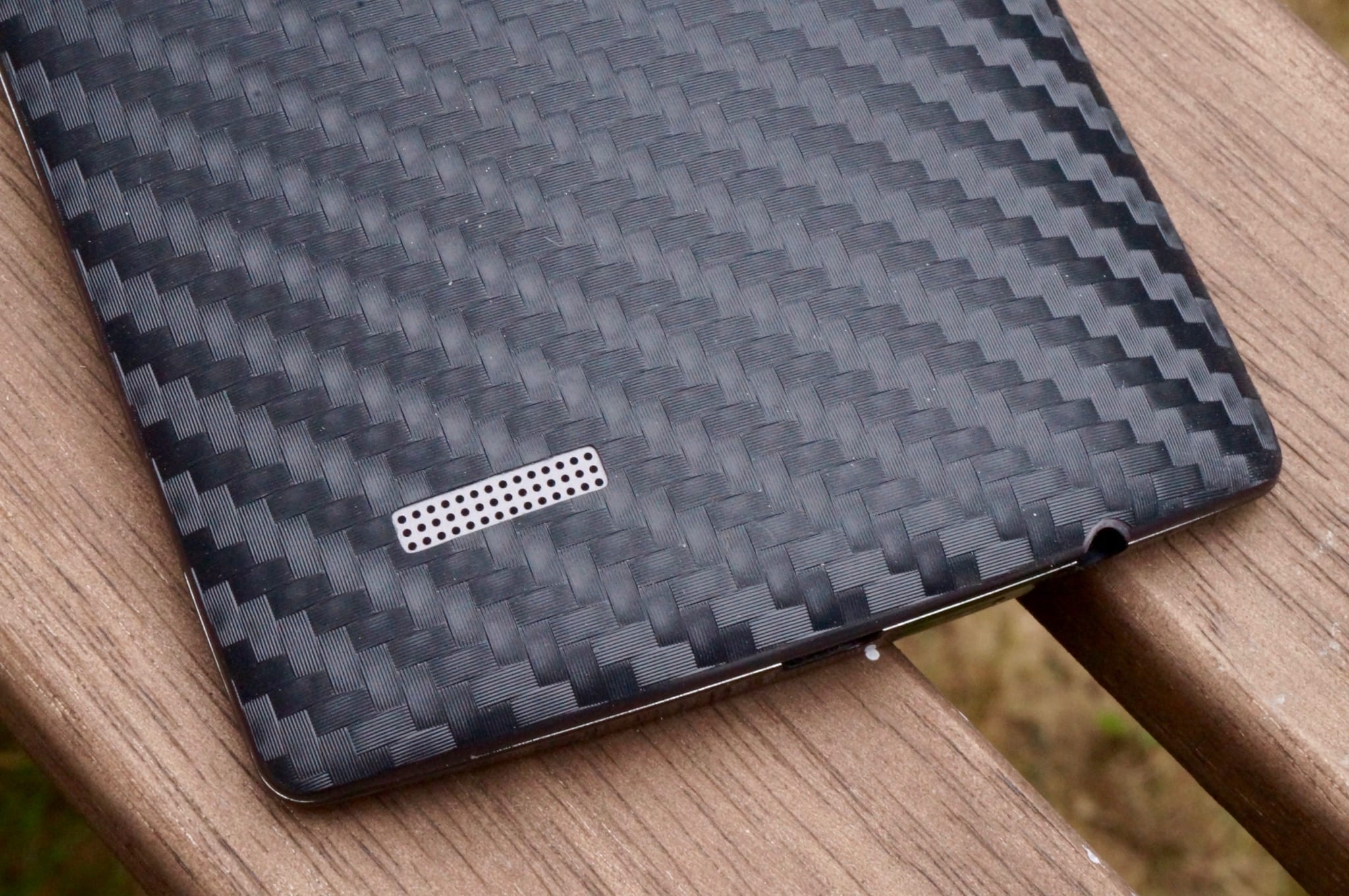
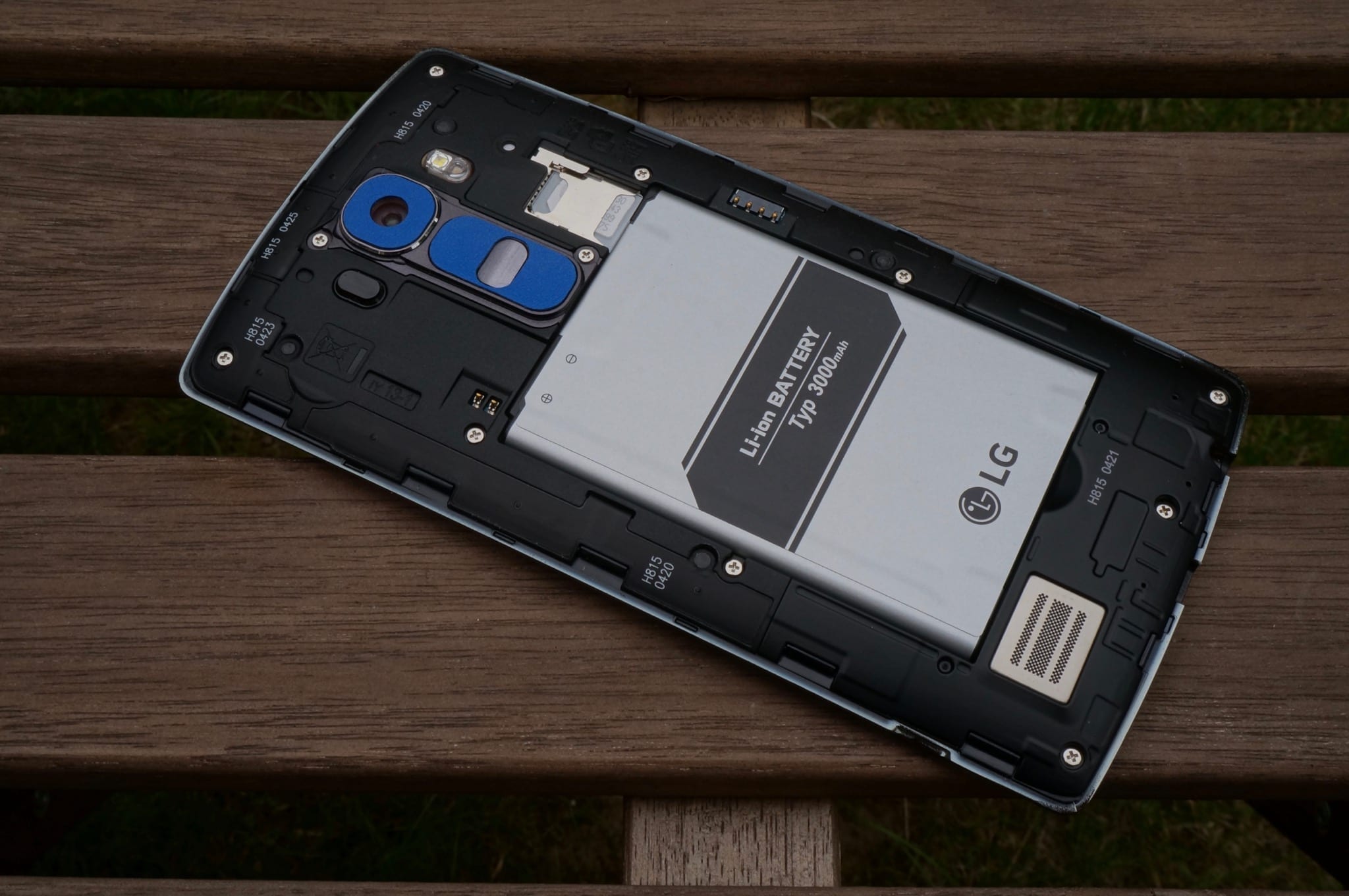

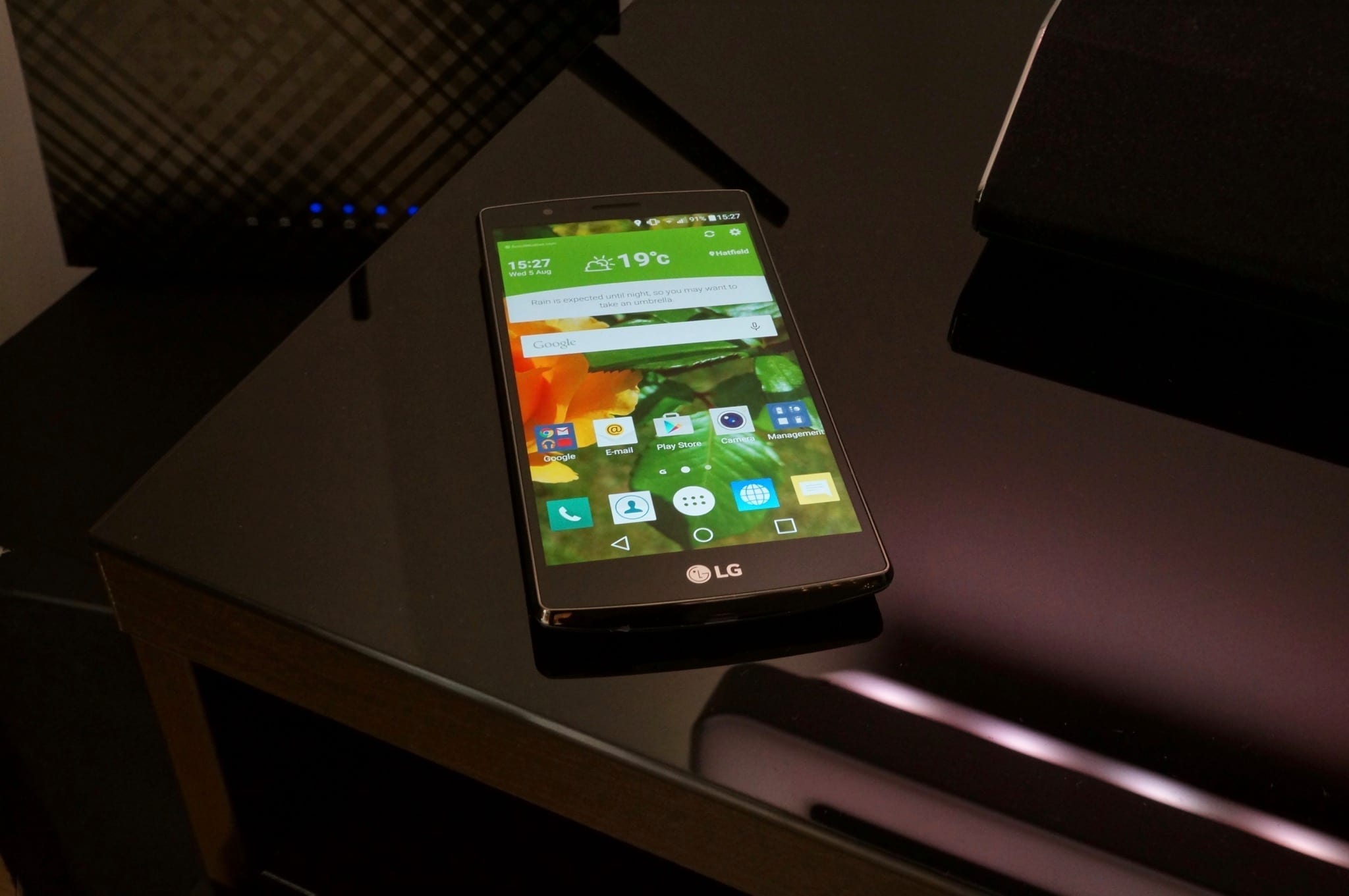
The Honor 7 has good battery life, and fast charging (but not Qualcomm QC 2.0 fast) and the camera is very good, but not so great in low light as the G4. The G4 does of course let you change batteries, so it has that advantage if you don’t mind carrying two – and buying a dedicated charger for the spare battery (otherwise it’s a nightmare to keep two topped up). The G4 is now incredibly cheap from some online retailers, and isn’t much more than the Honor 7.
As for the screen, you probably won’t notice the lack of pixels on any phone with a Full HD screen. I don’t think QHD is that important, although when you start going nearer to 6-inches then there’s probably a difference.
OIS is good in some situations but totally unnecessary in others. If you’re going to be out in good to excellent lighting, there’s no need for stabilisation really. Perhaps for video, but not stills.
Thanks! The G4 it is 🙂
Nice reviews 🙂 you’ve helped me a lot thus far. But.. Now I need some advise:
I am looking for a good replacement for my OnePlus One. Camera and battery were O.K. – Now I’m thinking of getting a LG G4 a Huawei P8 a Honor 6+ or a Honor 7.
I don’t play games on my cell, only use it for messaging, social media, email and a lot of webbrowsing + Netflix + music (not streaming, offline). I really like the camera to be great for festivals, parties and holidays.
The G4, like you and a lot of people said, is great. Awesome maybe. I really like the very comprehensive camera app, but the battery might be a problem – might be the QHD?
The Huaweis (+ Honors) are great; good battery life, nice screen, but the pictures aren’t as good as the G4’s, but they might be O.K. tho’.
What do you think? OIS might be usefull, but I never film with my smartphone; I only shoot pictures and I want them to be magnificent.
Thanks!
Hi Jon, I also had issues with battery life on my G4, though this was resolved when it was replaced by EE for a faulty touchscreen. May be worth checking it’s not a fualty unit before writing it off. I can easily get a day out of mine with very heavy usage.